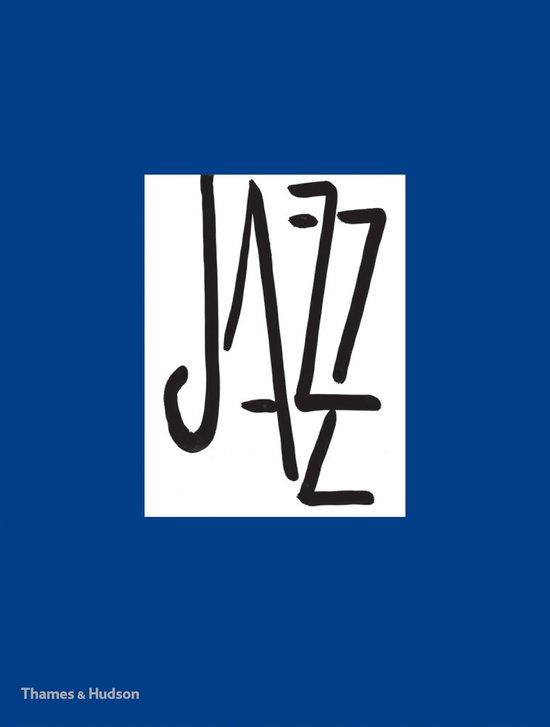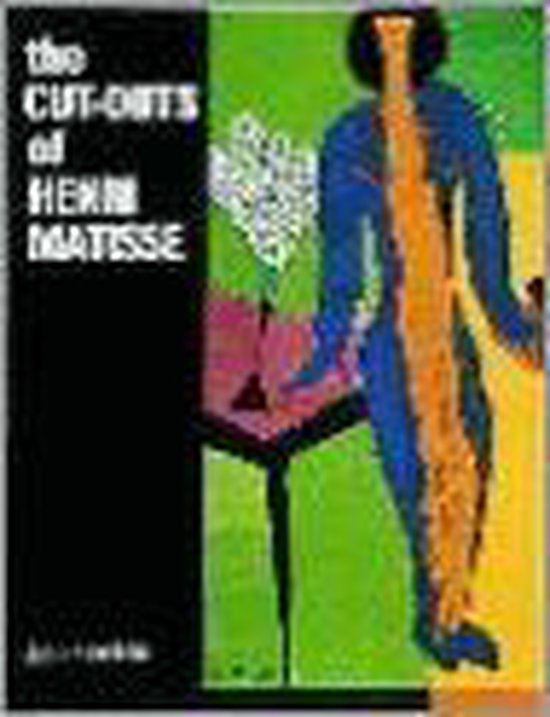
Henri Matisse Jazz
By 1947, Matisse in his seventies and suffering poor health much preferred the act of cutting forms from painted paper to drawing or painting. It was his intention to use this assemblage technique to illustrate a collection of poems. This book features Matisse's notes, written with a paintbrush in looping letters.
By 1947, Matisse – in his seventies and suffering poor health – much preferred the simple, fluid act of cutting forms from painted paper to drawing or painting. It was his intention to use this assemblage technique to illustrate a collection of poems, which would be printed as a limited edition book. As this project evolved, Matisse’s notes, written with a paintbrush in looping letters, became integral, and the publisher agreed that they should replace the poems. They appear here in their original ‘rough’ form, creating a visual counterpoint to the images. Henri Matisse Jazz has stood the test of time, and is regarded as one of Matisse’s greatest achievements – its original illustrations still exhibited as significant works in their own right. This edition is accompanied by a special book mounted on the reverse of the presentation box’s cover, featuring both a translation of Matisse’s text and two new essays: one examining its principal place among other artists’ books, and the other surveying the history of artists’ books as a field
By 1947, Matisse – in his seventies and suffering poor health – much preferred the simple, fluid act of cutting forms from painted paper to drawing or painting. It was his intention to use this assemblage technique to illustrate a collection of poems, which would be printed as a limited edition book. As this project evolved, Matisse’s notes, written with a paintbrush in looping letters, became integral, and the publisher agreed that they should replace the poems. They appear here in their original ‘rough’ form, creating a visual counterpoint to the images. Henri Matisse Jazz has stood the test of time, and is regarded as one of Matisse’s greatest achievements – its original illustrations still exhibited as significant works in their own right. This edition is accompanied by a special book mounted on the reverse of the presentation box’s cover, featuring both a translation of Matisse’s text and two new essays: one examining its principal place among other artists’ books, and the other surveying the history of artists’ books as a field
| Auteur | | Francesco Poli |
| Taal | | Engels |
| Type | | Hardcover |
| Categorie | | Kunst & Fotografie |




